How To Operate Road Cutter For Cutting The Road
Road cutters are often employed to cut the concrete pavements for several reasons. In this article, we will discuss the operation of road cutters and how they can be maintained.
Contents
Before Starting
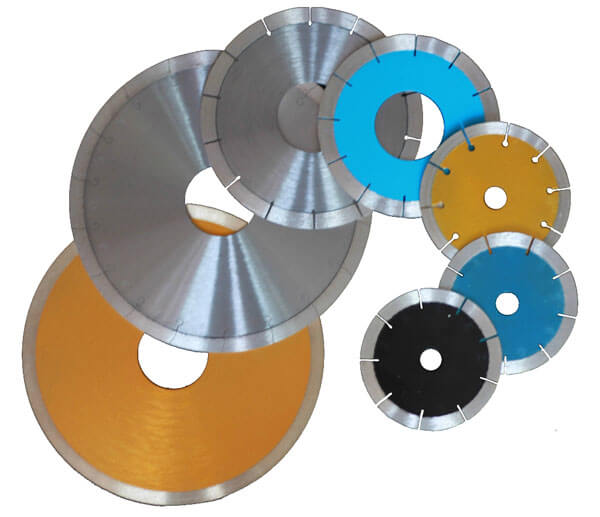
- Select the correct blade for the cutting conditions.
- Make sure arbors and flanges are clean and undamaged.
- Tighten the blade securely with a wrench.
- Check the flow of water jets when wet cutting.
- Align the pointer with the cutter blade.
Cold Start
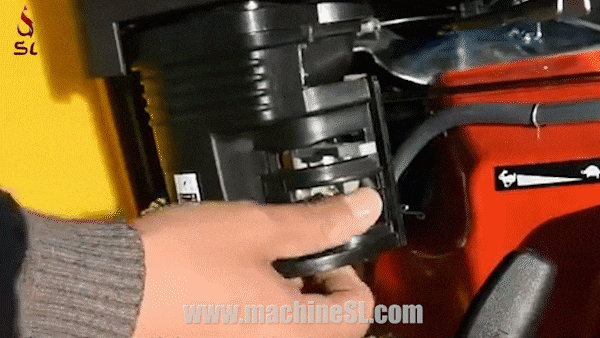
- Under the gas tank, open the fuel valve all the way.
- Position the engine stop switch, located on the engine, so that it is running.
- Apply the choke after opening the throttle approximately halfway.
- Pull the starter rope hard.
- Open the choke as the engine starts and adjust the throttle accordingly to keep it running.
- Place the engine under load a few minutes after it has warmed up.
- To prevent flooding, open the choke slightly if the engine doesn’t start after three pulls.
- When under load, operate the engine at full throttle.
Hot Start
- If it has been shut off, open the valve under the gas tank completely.
- The throttle should be opened approximately halfway.
- Choke should not be applied.
- Start the engine by pulling the starter rope sharply.
- Adjust the throttle when the engine starts.
- Engines should always be operated at full throttle when under load.
Cutting Process
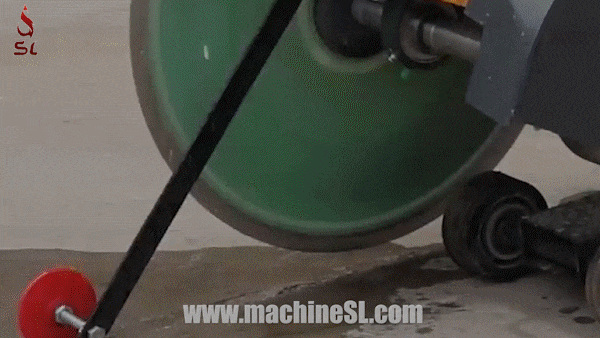
- Start the engine and let it warm up. Make all cuts at full throttle.
- Line up the blade with the cut. Turn on the water safety switch if wet cutting.
- Slowly lower the blade into the cut.
- Use the blade as quickly as possible. Cutting depth or forward speed should be reduced if the blade climbs out of the cut.
- Follow the cutting line with enough side pressure on the cutter handles.
- Turn the tilt crank counterclockwise to lower the blade into concrete to the required depth.
- Slowly advance the saw.
- When the saw stalls, apply slow forward pressure. The depth of the cut should be measured in incremental steps of 1-1/4″ (38mm) to 2″ (51mm) for deeper cuts (4 inches/102mm or more).
- The front pointer will act as a guide as you push the saw forward.
- Apply enough forward pressure so that the engine/motor begins to struggle but does not slow down.
- When the saw starts to stall, stop forward movement until full RPM is restored.
- The blade should be raised out of the cut if the saw stalls. Be careful not to force or twist the blade during the cut.
Dry cutting
- Do not exceed the blade diameter’s maximum operating speed.
- Do not force the blade into the material: allow it to cut at its own pace.
- Cuts should not be continuous for long periods. Dry cutting should not last longer than 30 seconds. Allow the blade to cool between cuts.
- Don’t grind or cut a curve or radius with the side of the blade. Do not use dry blades for wet cutting.
- When operating a saw, do not use a blade diameter larger than the machine can handle.
Maintenance
belts and pulleys of road cutter
- A v-belt drive should be tensioned so that the belts won’t slip under full load at their lowest tension.
- Tighten the bolts until they are snug in the grooves. To “seat” the belts, run the drive for 5 minutes. Apply the maximum load. Tighten the belts until they do not slip under peak load. Once the belts have been installed, they will require additional tensioning.
- Excessive tension shortens the life of belts and bearings.
- During the first day of operation, check the belt tension frequently. After that, make adjustments as needed.
- Sheave misalignment is often caused either by a) The engine drive shaft is not parallel with the blade shaft, or b) the pulleys are not positioned properly on the shafts.
- Use a steel straight edge to check alignment.
lubrication and service
- Check oil levels, wiring, and hoses (air, fuel, water) daily and lubricate the machine.
- Replace or repair all worn or damaged components immediately.
- Make sure the drive belt is not over-tightened.
- Make sure all belts on the machine match.
- Inspect the blade shaft, making sure the arbor and threads are not damaged or worn out.
- There shouldn’t be any free play in the blade shaft bearings from side to side or up and down.
- Grease the blade shaft bearings daily.
- Blade collars should be clean, free from burrs and nicks. They should also be in good condition.
- Drive pins that are not excessively worn or bent and are free of gouges.
- All guards are in place and secure.
- All fasteners are securely fastened.
- Clean air/oil filters (hydraulic/engine).
- Make sure the pump is flushed with clean water every night and that the assembly is sprayed. By doing so, the pump and blades will last longer. Before lubrication maintenance, clean the machine thoroughly.
- Before starting maintenance, make sure the machine is on solid, level ground.
- Make sure strict cleanliness is observed at all times during lubrication maintenance.
- Make sure you use the right tool for the job and keep it clean to avoid accidents.
- When draining engine oil, it is best to do so when the oil is warm, NOT hot.
- Immediately clean up any spilled oil.
- Oils and greases should be CLEAN, FRESH, and stored in CLEAN containers.
- Water, flow, oil, and filters that have been contaminated must be disposed of safely
Conclusions
To conclude, the road cutter is a handy piece of equipment used for cutting rigid concrete pavements. It is often employed for both dry and wet cutting processes. Due to being equipped with a sharp blade, extreme care is needed for operating road cutters and should have a proper maintenance schedule.
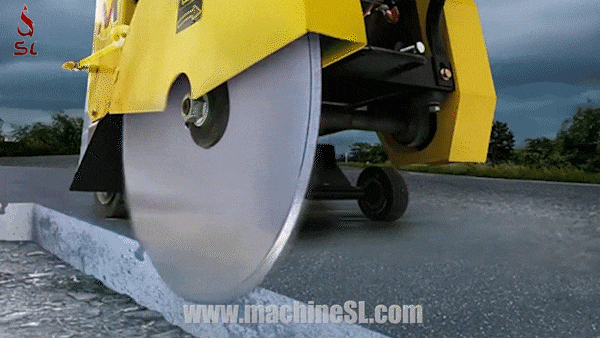
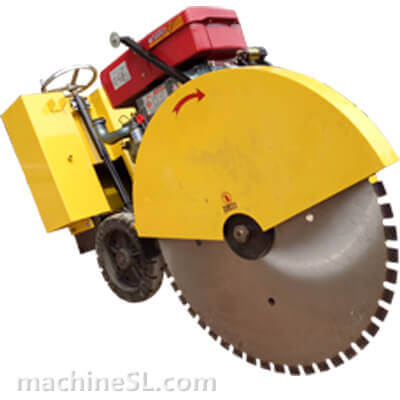
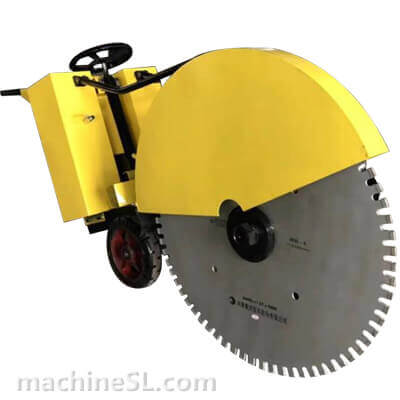
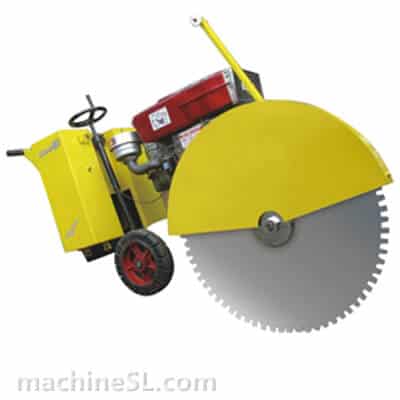
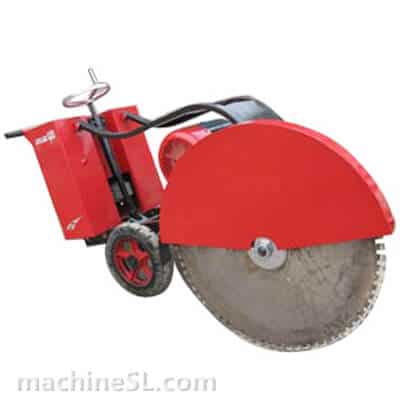
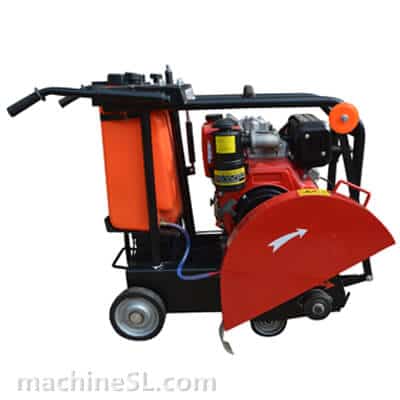
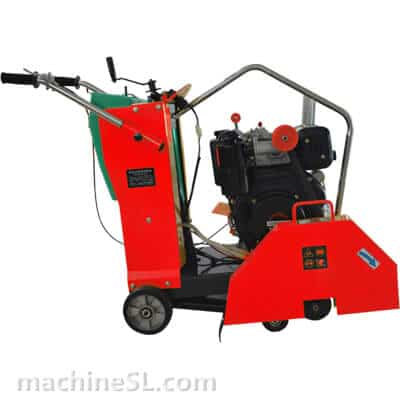
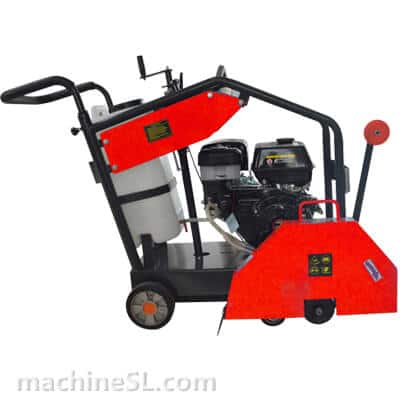
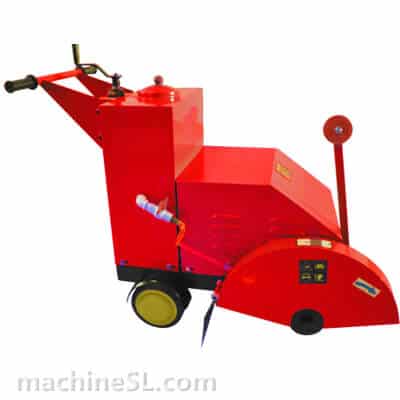
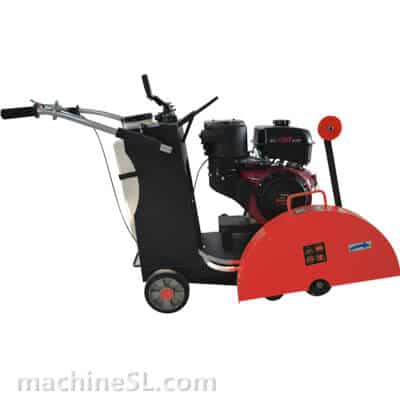
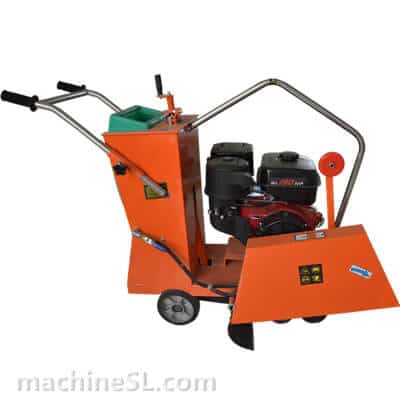
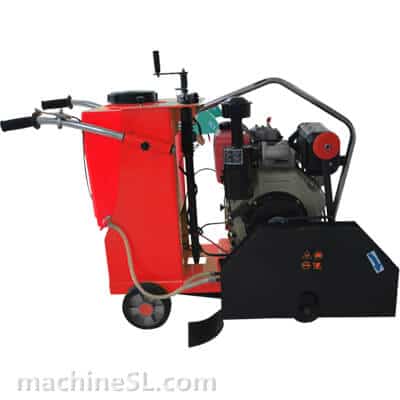
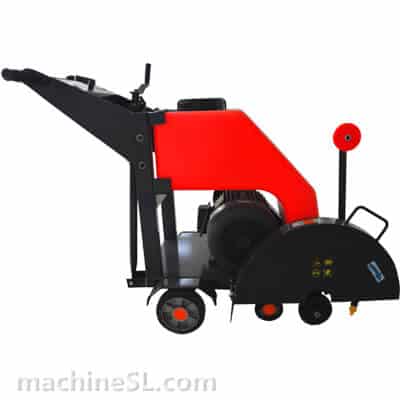
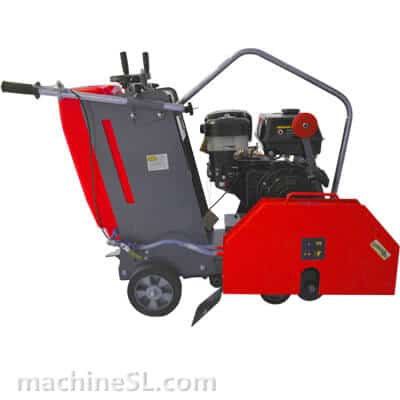
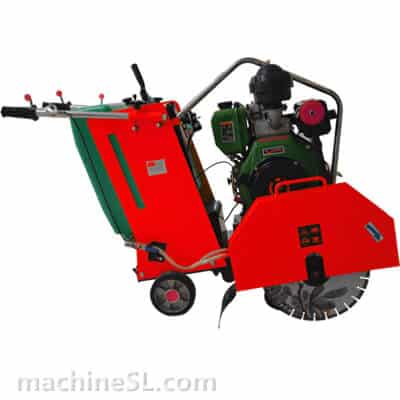
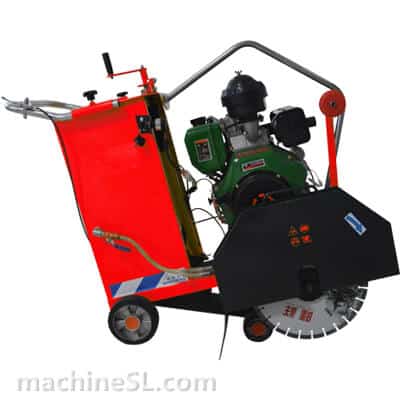
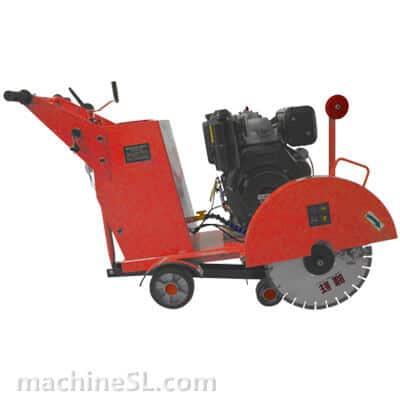
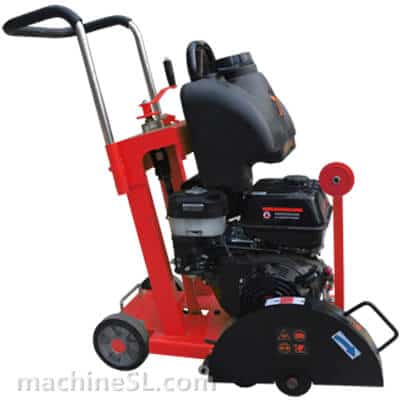
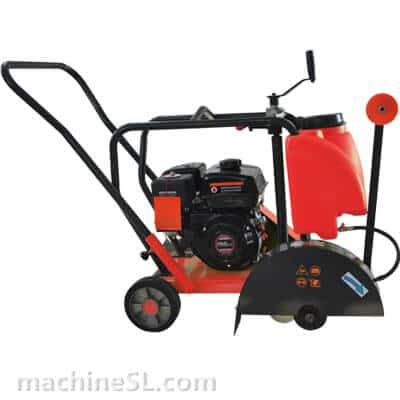
Leave A Comment